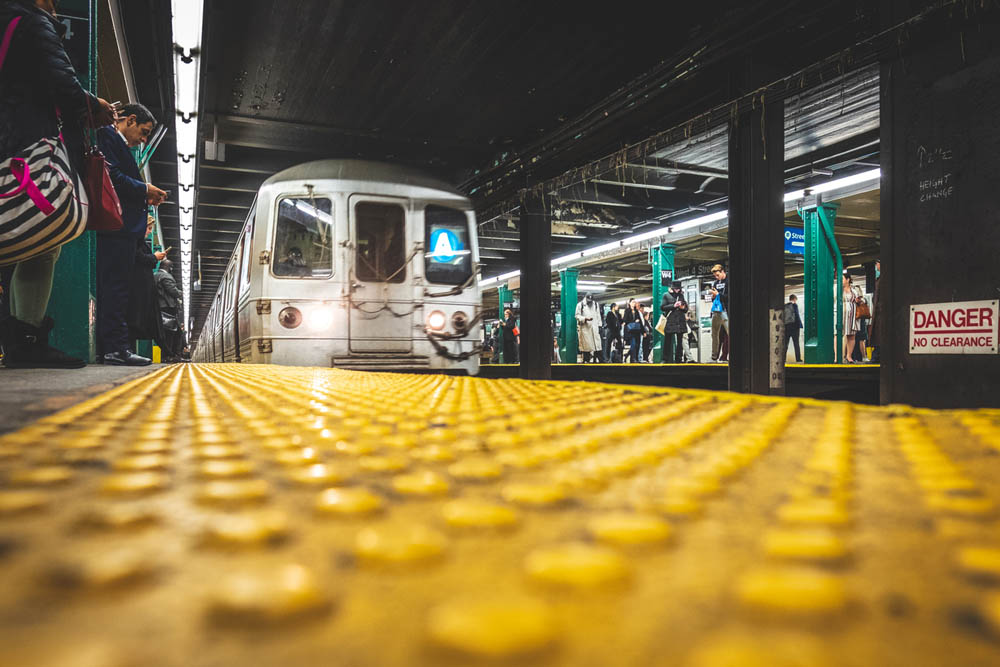On Friday, the state-run Metropolitan Transportation Authority announced the winners of its “genius challenge” — and some of the ideas aren’t bad. But if the MTA does adopt any of these concepts, the light-bulb thinkers chosen will run into a still-not-too-bright reality. Even on small, easy projects, the MTA is behind on getting them done on time and on budget.
Nearly a year ago, as New York was mired in a spring of hell that turned into a summer of hell that turned into a winter of hell, the MTA invited anyone from around the world to vie for up to $1 million in prizes for fresh ideas in signaling, subway cars and communication.
And it turns out not to have been a waste of time. The folks who shared awards last week suggested everything from a cheaper way to outfit trains with modern signaling equipment to subway cars made out of easier-to-maintain materials.
“Overall, the MTA’s subway and bus system completed just 36 percent of the projects it set out to complete last year.”
Particularly intriguing was one idea that could cut the MTA’s labor costs: robots instead of people to help install signals.
Bechtel, the engineering giant, proposed a “semi-automatic robot” that could replace people in installing signal technology.
Humans would still be needed — but the technology “would free up crews to perform more complex tasks for more efficient use of manpower,” according to the MTA. The faster robots would “decrease the length of service diversions.”
It’s brave of the contest judges to flag this project for further study, considering how strong New York’s unions are.
And there’s real potential for savings: The MTA’s overtime costs soared by more than $100 million last year, to nearly $900 million, with workers maxed out on schedules. They’re scrambling to make up for maintenance and replacement work that should’ve been done over the past decade in just a few months.
Yet robots are complex, as are several of the other genius proposals. Ideas are meaningless unless someone can execute them — and there’s still no evidence the MTA can.
Consider the reports from last month’s board meeting. We know the MTA can’t manage mega-projects like the Long Island Rail Road’s East Side Access plan to Grand Central, more than a decade late and three times its original budget. And we know the MTA rushed to open the Second Avenue Subway even though things like fire-detection equipment weren’t finished.
But East Side Access and the Second Avenue Subway are hard. What about something easy, like ordering buses? Last month, the MTA told its board members that run-of-the-mill contracts to finalize the purchase of buses were delayed by five years.
That’s a long time. So what was the impossible complexity that caused this delay? “Delays in . . . invoicing from the vendor,” the MTA said. This is a basic failure to handle paperwork.
OK, what about the MTA’s project to renovate stations along the Pelham (#6) line, which the MTA said was entering its “final phase” seven years ago? The project’s official completion was delayed nearly two years, because of “prolonged negotiations” with the contractor regarding . . . rivets.
Then, too, the MTA’s project to install help points at two Brooklyn stations was delayed 20 months, because of “late submittal . . . of project documentation.”
There’s more: In January, the MTA said the completion of a stairs-replacement project on the A/C/E line in Manhattan was delayed 10 months, because of “delays in delivery of materials.” The MTA did not tell the board — and the board didn’t ask — exactly where the materials were mysteriously delayed for nearly a year.
Then, a track-replacement project at Bowling Green was delayed for five months, “due to difficulties in obtaining track access.” But the tracks belong to the MTA — which should’ve planned ahead.
Overall, the MTA’s subway and bus system completed just 36 percent of the projects it set out to complete last year. Even if you want to give the MTA credit for projects it mostly completed, the figure is just 70 percent of its goals — a C-minus in school.
As for projects at an earlier stage? The MTA completed just 48 percent of planned subway and bus designs, and awarded 59 percent of planned construction contracts.
The robots may be coming — but they’ll probably be late and over budget. Maybe they could do a better job at MTA construction-management jobs, though.
This piece originally appeared in the New York Post
______________________
Nicole Gelinas is a senior fellow at the Manhattan Institute and contributing editor at City Journal. Follow her on Twitter here.
This piece originally appeared in New York Post
